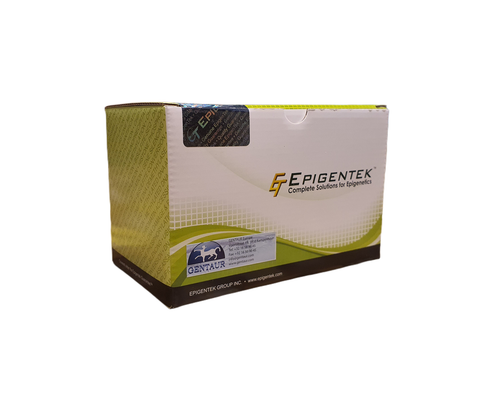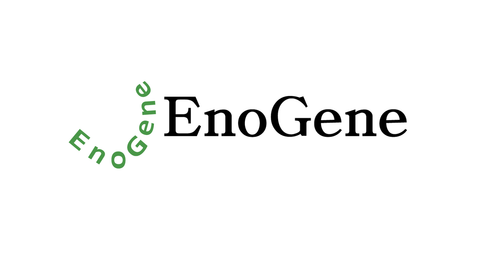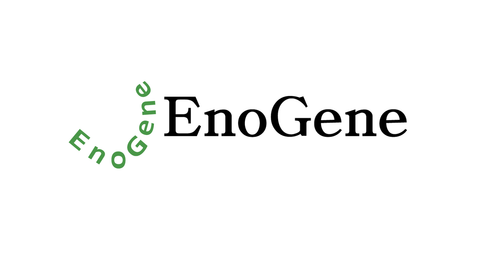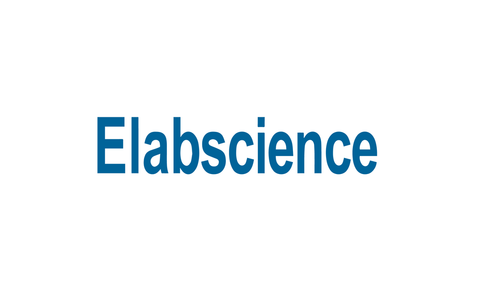Product Description
SETD2 polyclonal Antibody | BS7519 | Bioworld
Host: Rabbit
Reactivity: Human,Mouse,Rat
Application: WB IF
Application Range: WB 1:500 - 1:2000 IF 1:50 - 1:200
Background: Huntington's disease (HD), a neurodegenerative disorder characterized by loss of striatal neurons, is caused by an expansion of a polyglutamine tract in the HD protein huntingtin. This gene encodes a protein belonging to a class of huntingtin interacting proteins characterized by WW motifs. This protein is a histone methyltransferase that is specific for lysine-36 of histone H3, and methylation of this residue is associated with active chromatin. This protein also contains a novel transcriptional activation domain and has been found associated with hyperphosphorylated RNA polymerase II.
Storage & Stability: Store at 4°C short term. Aliquot and store at -20°C long term. Avoid freeze-thaw cycles.
Specificity: SETD2 polyclonal Antibody detects endogenous levels of SETD2 protein.
Molecular Weight: ~288 kDa
Note: For research use only, not for use in diagnostic procedure.
Alternative Names: HBP231; HIF 1; HIF-1; HIF1; HIP-1; Histone lysine N methyltransferase SETD2; Histone-lysine N-methyltransferase SETD2; hSET2; HSPC069; Huntingtin interacting protein 1; Huntingtin interacting protein; Huntingtin interacting protein B; Huntingtin interacting protein HYPB; Huntingtin yeast partner B; Huntingtin-interacting protein 1; Huntingtin-interacting protein B; HYPB; KIAA1732; KMT3A; Lysine N methyltransferase 3A; Lysine N-methyltransferase 3A; p231HBP; SET domain containing 2; SET domain-containing protein 2; SET2; SETD2; SETD2_HUMAN;
Immunogen: Recombinant full length Human SETD2.
Conjugate: Unconjugated
Modification: Unmodification
Purification & Purity: The Antibody was affinity-purified from rabbit antiserum by affinity-chromatography using epitope-specific immunogen and the purity is > 95% (by SDS-PAGE) .
Pathway: Epigenetic Writers and Erasers of Histones H2A H2B and H4,
 Euro
Euro
 USD
USD
 British Pound
British Pound
 NULL
NULL








